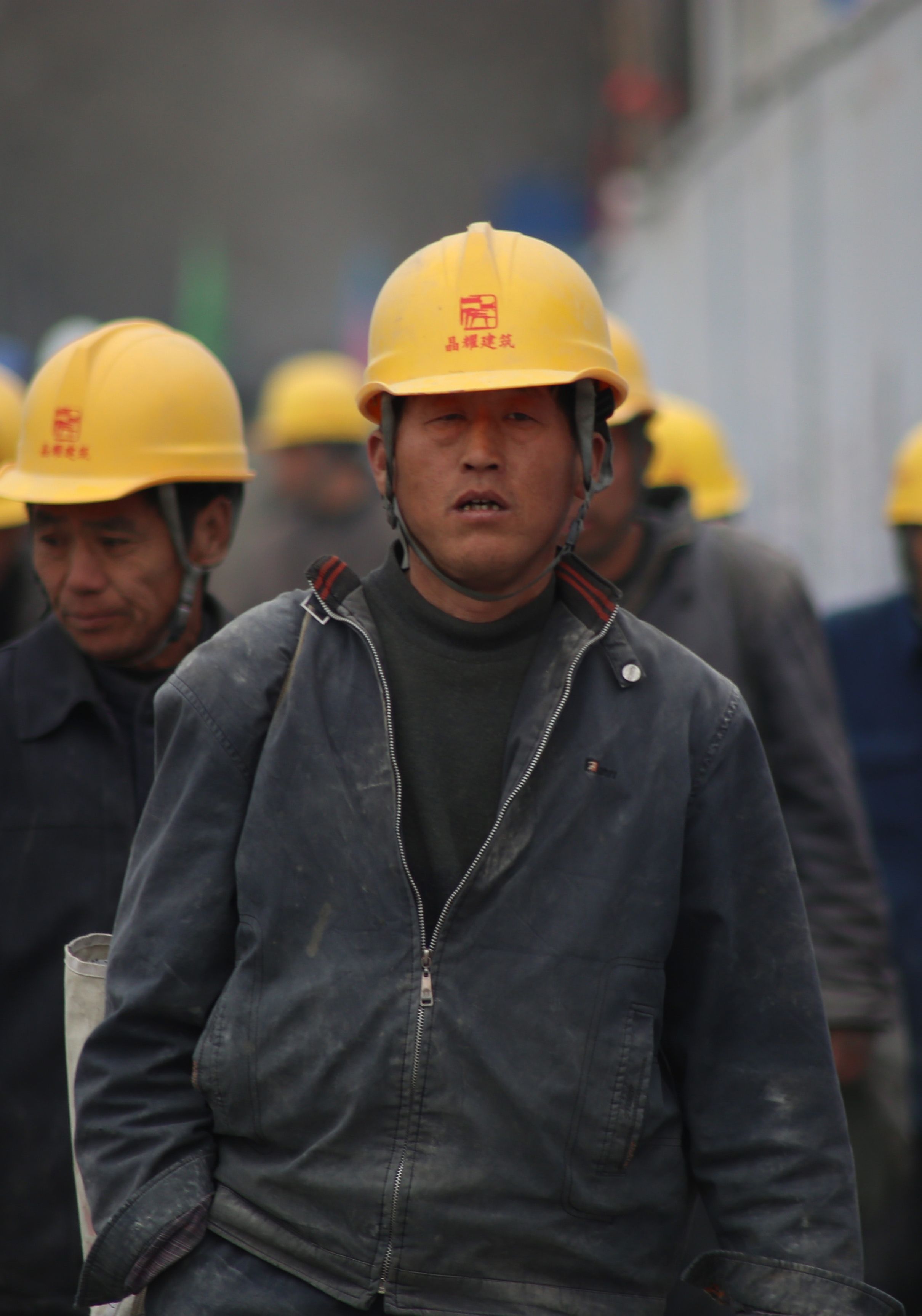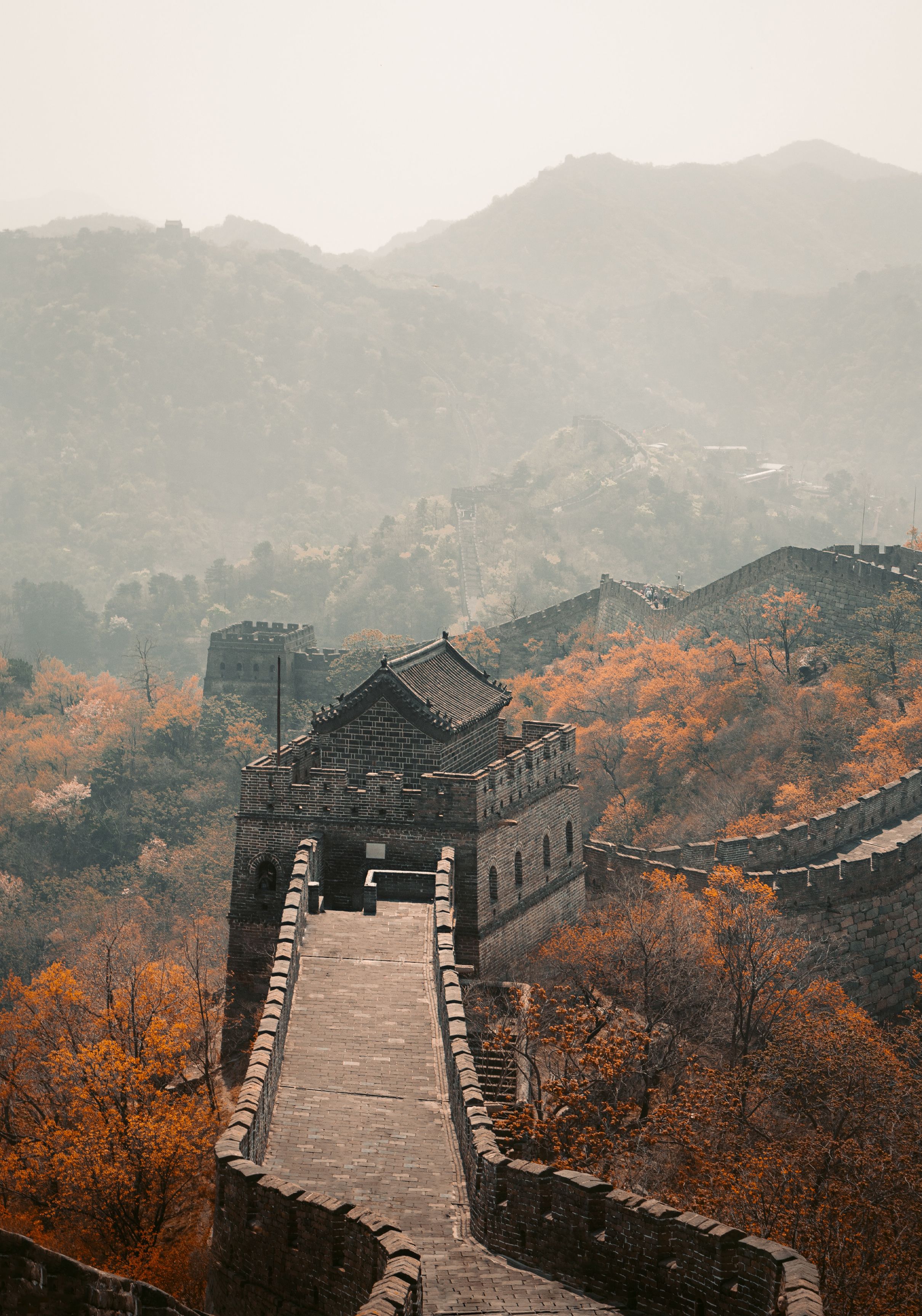The outlook for emerging markets after the pandemic


While people are increasingly aware of the growing impact of emerging nations on the global economy, the challenges faced by clients and advisers wishing to allocate to emerging market assets remain the same as ever.
Increased volatility, concerns around governance and political interference, and the challenge of liquidity all stalk emerging market equity allocations.
But as those economies evolve rapidly, is the opportunity set in global emerging markets becoming more attractive for the typical client?
This CPD guide will explore how the changing nature of the emerging world’s economies is changing the investment opportunities in global emerging markets, and the role such assets can play in a balanced portfolio.
Advisers prefer to get EM exposure via direct funds
A large majority of advisers wishing to provide their clients with exposure to emerging market assets prefer to invest directly in such funds, rather than choose a global equity fund that contains a variable amount of emerging market holdings, according to FTAdviser’s latest Twitter poll.
The poll showed that 66.7 per cent of respondents prefer to own direct emerging market funds on behalf of clients, compared with 33.3 per cent who prefer to own global funds as a way to gain exposure to emerging markets.
Emerging market assets have historically performed well when US interest rates are low. This is because the income available from a US government bond, known as a Treasury Bill, is considered by the market to be the lowest-risk asset in the world, while emerging markets are considered to be among the highest-risk assets, so if the yield on low-risk asset rises, the attractiveness of higher-risk assets is diminished.
In addition, many emerging market companies and countries borrow in dollars, and lower interest rates make the cost of this debt cheaper, leaving more capital available for dividends or business expansion.

Emerging dilemma
While the evolution of many emerging market economies over the past two decades has been the central driver of global economic development, the performance of emerging markets as an asset class may still be determined by the same combination of sentiment and the vagaries of global GDP.
Fahad Kamal, chief investment officer at wealth manager Kleinwort Hambros, says: “The common perception of emerging markets as being about commodities is wrong. The perception that emerging market economies are just about being the lowest-cost producer is wrong. But sentiment continues to be a major factor and means that emerging market assets will always be more volatile as an asset class than developed market equities.”
The problem over the past year has been China. If you exclude China then it is all positive
He says sentiment is driven by the attitude of global investors to the economic outlook. These sentiments are typically expressed by the yield on US government bonds – if the yield is rising then the price is falling, as investors are selling the lowest risk asset in the market to move into the higher risk assets as they feel positive about the outlook.
He says at Kleinwort Hambros, standard practice is to include a 10 per cent allocation to emerging market equities in the portfolio of a client with a balanced portfolio.
The challenge for emerging market investors is, while the asset class is higher risk and so should be a beneficiary of a risk-on trade, higher bond yields also increase the returns available for clients in the lower-risk asset, and so makes investing in higher-risk assets relatively less attractive.
As the thoughts of many market participants turn to the timing and scale of interest rate increases in the US, so the market’s nerves about emerging markets will increase.
Hugh Gimber, market strategist at JPMorgan Asset Management, says the impact of sentiment is strong, but only in the short term while the longer-term attributes of emerging market economies remain strong, while the factors that contribute to negative sentiment, notably higher bond yields, are inherently shorter-term in nature.
Kunjal Gala, portfolio manager on the emerging markets team at Hermes, says the impact of rate rises will be much lower than has historically been the case, as those economies are able to run much more balanced budgets.
Gimber says the pace of technological change in emerging markets is one of the major plus points. In many emerging economies the legacy infrastructure did not already exist, so those economies have skipped several generations and are very tech-enabled, which will drive economic growth.
An example of this is banking. Many emerging market economies never had bank branches, so skipped straight to mobile payments.
Chetan Sehgal, who runs the £2.3bn Templeton Emerging Markets investment trust, says technology companies in emerging markets have been able to grow by providing the same services US technology companies have in developed markets, but trade at lower valuations.
He also feels they have more room to grow, as while technology has been central to the lives of many people in many emerging economies, penetration remains low in many others, unlike in developed markets, where the largest technology companies already have a vast share of economic activity.
Nick Payne, head of strategy, emerging markets focus at Jupiter, says emerging market technology companies trade relatively expensively compared with other parts of the asset class, “but this is how it should be, as those are the highest-quality companies”.
Gustavo Medeiros, head of research at specialist emerging market fund house Ashmore, says: “Emerging markets tend to perform best when globalisation is on the rise; tourism and remittances are a huge part of many emerging market economies. And as a result of the pandemic we went from a hyper-connected world to a locked-down one. That obviously hurts emerging markets, but as we open up that changes.”
Robert Horrocks, chief investment officer at emerging markets specialist Matthews Asia, says the unique nature of the post-pandemic economic recovery will benefit emerging markets in the near term.
He adds: “The economic data shows the way economies are recovering is changing. The recovery started off by being about spending on household goods, but now it is moving to being about services and consumption, which is likely to help emerging markets that rely on tourism and luxury, or discretionary goods.”
The second great variable that impacts the outlook for emerging markets right now, according to Gala, is the ability of those economies to exit from the pandemic, particularly as vaccination programmes lag.
Gimber says the slow pace of vaccine rollouts in those economies will likely mean emerging market growth is slower in the short term than the growth rate achieved by developed markets.
Medeiros says emerging economies are now beginning to catch up in terms of vaccination programmes, but while equity valuations in developed markets are already high, in emerging markets share prices are low.
George Lagarias, economist at Mazars, says vaccination rates in emerging markets are only around 10 per cent of the population, so he says the slower growth rate could last for some time to come.
China syndrome
Gala says emerging market shares at the index level have actually performed well over the past year, if you exclude China where performance has been poor recently due to government actions.
He says: “The problem over the past year has been China. If you exclude China then it is all positive. But events in China are the reason why people are asking questions about the emerging market outlook right now, despite the economic positives.”
The Chinese government has, over the past year, taken action against large technology companies and providers of private education.
Gala says events in China are an example of why investors in emerging markets must always pay attention to the wider political and economic climate, and cannot simply focus on stock picking, or on buying an index fund.
Payne says: “If you are investing in an emerging market company, you really do need to know who you are doing business with. But I don’t think recent events in China should change much. What they are implementing around technology regulation is overdue. It's overdue in China and also probably in the west. In the west we talk about technology regulation, but the big tech companies spend billions lobbying against it. In China they just get on and do it.”
Dominic Bokor-Ingram, fund manager at Fiera Capital, says China has become such a big part of the emerging market index that an investment in the asset class will always mean exposure to China.
He is another investor who is relatively unconcerned by recent policy initiatives in China.
He says the aim is to ensure that middle-class incomes do not fall, as this would hamper the country’s move towards a more consumption-based economy, and away from the export-led growth of the past.
Kamal says the Chinese government has always had a policy of being willing to intervene in the economy, so investors should not have been surprised by the recent policy moves, and the sell-off of Chinese shares that was the result of market angst about the changes is not justified.
Medeiros says the Chinese government is trying to reduce inequality as they believe in a move to a more consumption-based economy, then there needs to be a more equal distribution of wealth.
He says: “Emerging markets are evolving in a way that means they will be less cyclical in future. The Chinese economy will overtake the US within the next decade.”
The road ahead
Medeiros says the pandemic has enabled much more remote working, and he feels this will boost local economies, where skilled staff can remain rather than migrate to get jobs, while companies that outsource jobs to emerging economies will get skilled workers at lower wages.
Guillaume Paillat, multi-asset fund manager at Aviva Investors, says: “We have been cautious on emerging markets all year and remain so. Fundamentally, we believe EM equities offer too little compensation in terms of earnings growth (earnings trends still favour US equities) for the risks embedded in the asset class.
“The current global growth deceleration (albeit from high levels) and the slowdown in China in particular as well as a continuing shift to tighter monetary policies globally are not an environment supportive for EM outperformance.
“In faster growing economies, emerging markets have provided strong performance historically, although this comes with long periods of outperformance (2000-2009) and long periods of underperformance (2010-2019).”
Paillat adds: “In our view, the key arguments that support the long-term investment case for emerging markets equities are that the size and the composition of the EM universe is broadening and the market capitalisation of the EM index is still very low compared to the growing share of EM in global GDP.
“EM composition has evolved significantly and moved up the value chain from a relatively narrow commodities and industrial focus to host leaders in technology and consumer goods. Sectors like internet technologies or electric battery and computer chip manufacturing are dominated by EM players. Companies like Samsung or TSMC are leaders in global supply chains, competing with companies from developed markets.”
Bokor-Ingram says a major driver of change in the long-term performance of emerging market assets could be increased levels of investment from the newly mass-affluent in these economies.
Historically, such investors chose to allocate capital abroad, particularly to government bonds in the developed world.
But he says the historically low yields in those markets means, “emerging market investors have a choice to make, and we are seeing increasing local ownership of local equity markets. This should mean greater liquidity and less volatility in future. I think at the moment we are seeing this happen in many of the Asian markets.”





